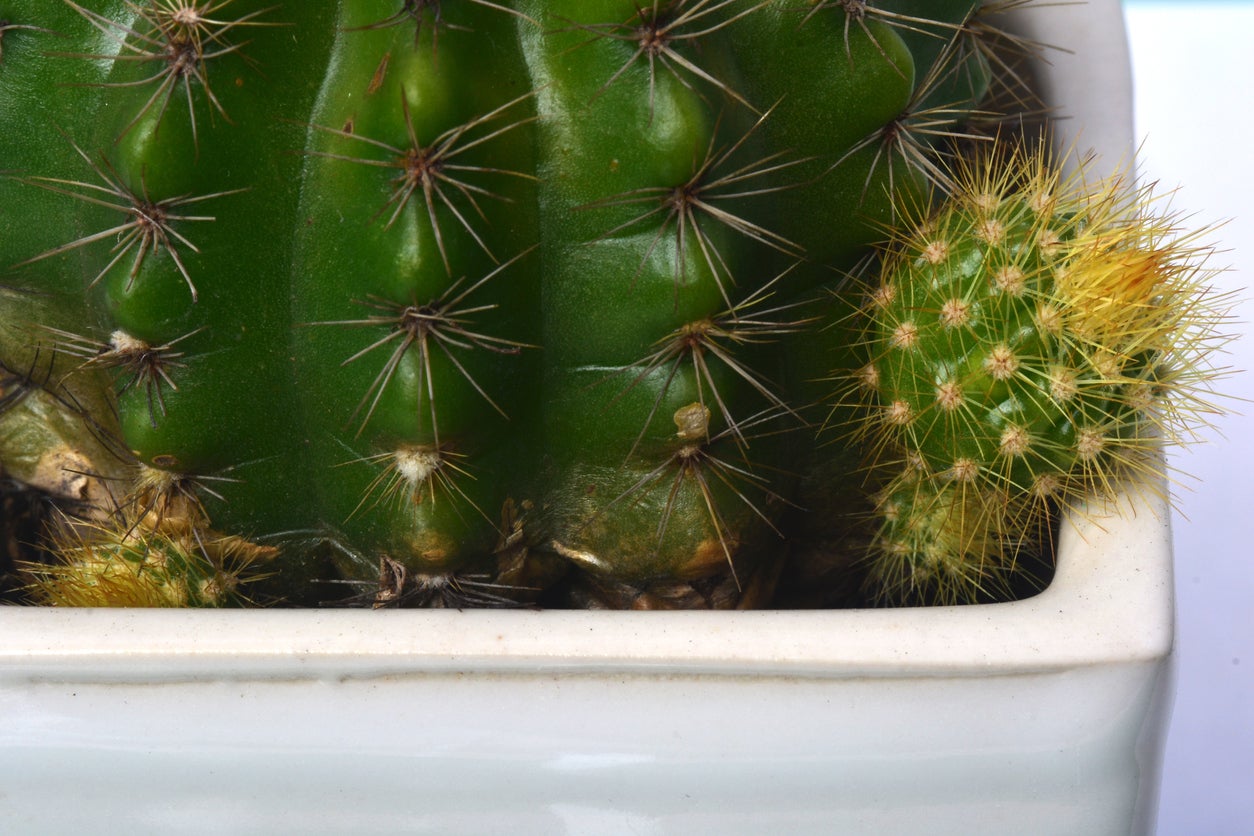Barrel Cactus Propagation – How To Propagate Barrel Cacti From Pups


Is your barrel cactus sprouting babies? Barrel cactus pups often develop on the mature plant. Many leave them and let them grow, creating a globular design in the container or in the ground. You can propagate these for new plants too.
Propagating a Barrel Cactus
You can remove the pups from the mother to plant in a container or a different spot in the garden bed. Of course, you’ll want to do this carefully, avoiding the prickly and painful cactus spines.
Heavy gloves are a necessary part of the protection you’ll need to use when propagating a barrel cactus. Some wear two pairs of gloves when working with cactus, as the spines easily pierce through.
Tools with handles, such as tongs, and a sharp knife or pruners allow you to reach the bottom of the pup without injuring yourself. Evaluate which tool will work best for your situation.
How to Propagate Barrel Cacti
Cover the mother barrel cactus plant, leaving the baby exposed. Some use plastic nursery pots for this part of the chore. Others cover with tightly wrapped newspaper for protection. Remove the pups at ground level. Then securely pull and elevate the baby, so the stem is visible and slice it off. Try to do this with one cut.
One cut for each removal causes less stress on both the mother and the pup. Clip the stem as close to the main plant as possible. Clean the knife or pruners before starting and following each cut.
Often, the pups can twist off if you use tongs, so you might try it that way if you can get a good grip. If you wish to attempt this method, use tongs to hold the baby and twist.
Sign up for the Gardening Know How newsletter today and receive a free copy of our e-book "How to Grow Delicious Tomatoes".
Remove all pups you wish to take. Put them aside to callous over before repotting. Move the mother plant into a partially shaded area for recovery. Repot the pups into a container or bed of cactus mix topped with 2 inches (5 cm.) of coarse sand. Limit watering for a week or two.
If the destination bed is in full sun and the pup was accustomed to some shade from the mother plant, let it root in a container. Later, move it into the bed after roots have developed.

Becca Badgett was a regular contributor to Gardening Know How for ten years. Co-author of the book How to Grow an EMERGENCY Garden, Becca specializes in succulent and cactus gardening.